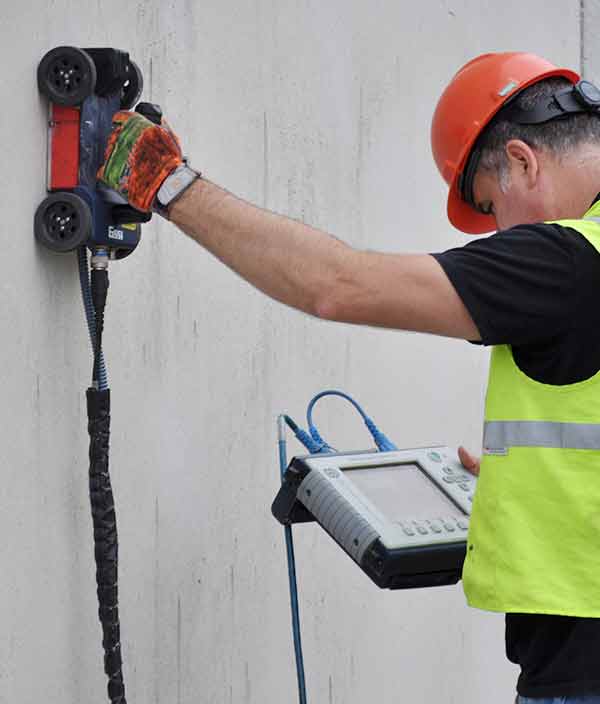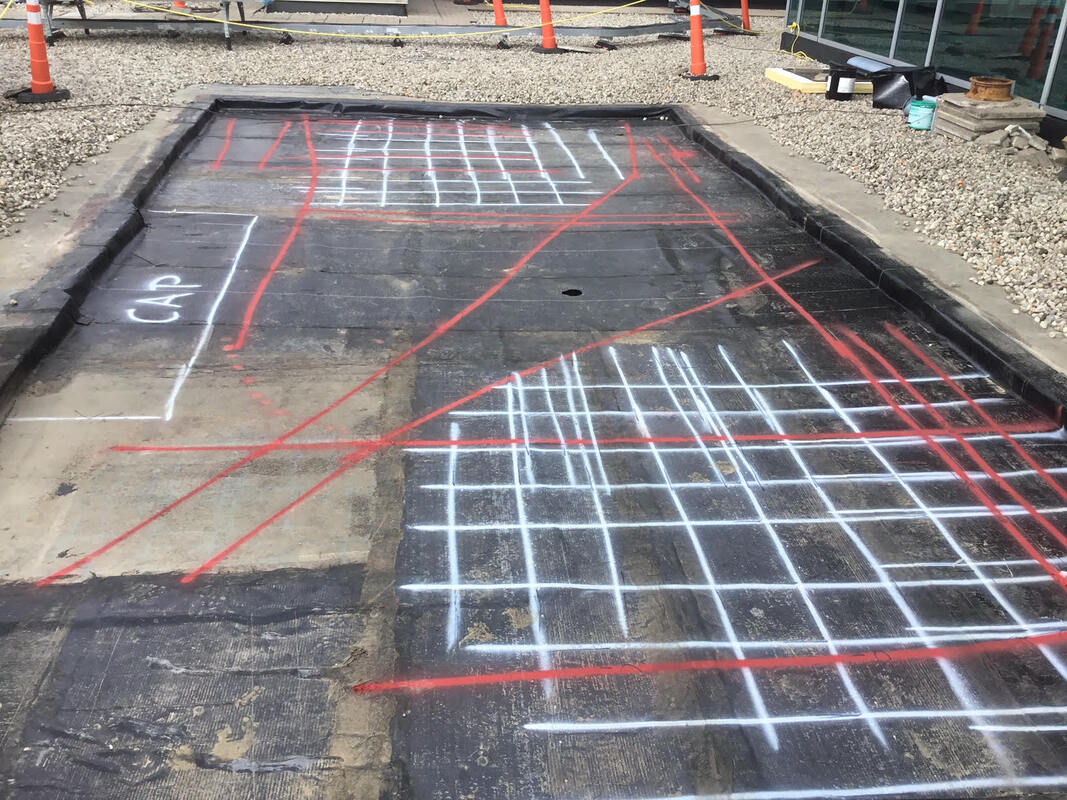Selecting the Right Concrete Scanning Devices
Selecting the Right Concrete Scanning Devices
Blog Article
Unveil the Transformative Power of Concrete Scanning in Making The Most Of Efficiency and Safety And Security
Concrete scanning has emerged as an essential tool in the building and construction sector, supplying unequaled benefits in improving task effectiveness and making sure security criteria. By utilizing advanced innovation, concrete scanning permits specialists to see beyond the surface area, uncovering concealed complexities that can affect the structural integrity of a structure. The transformative power of concrete scanning exists in its capability to provide detailed insights and real-time information, transforming exactly how jobs are planned and carried out. As we look into the complexities of this cutting-edge strategy, a globe of opportunities opens up, showcasing a brand-new period of building and construction practices that focus on precision and protection.
Significance of Concrete Scanning
Making sure the architectural stability and safety and security of construction tasks starts with the critical action of carrying out comprehensive concrete scanning. Concrete scanning is a non-destructive technique utilized to spot and map subsurface aspects within concrete frameworks. This process is important in recognizing prospective threats, such as rebar, post-tension cords, and avenues, that may be hidden within the concrete. By using innovative modern technologies like ground-penetrating radar (GPR) and electromagnetic induction, building and construction teams can accurately locate these aspects without creating any kind of damages to the framework.
Additionally, concrete scanning helps in optimizing job timelines and budget plan by preventing unforeseen costs and hold-ups that might develop due to unanticipated obstructions within the concrete. Ultimately, investing in thorough concrete scanning is an aggressive strategy that boosts both effectiveness and safety in construction projects.
Just How Concrete Scanning Functions
Concrete scanning runs as a critical device in building jobs by using sophisticated modern technologies to detect and map subsurface elements without creating architectural damages. Ground Penetrating Radar (GPR) and Electromagnetic Induction (EMI) are 2 main techniques utilized in concrete scanning. GPR jobs by releasing high-frequency radar pulses right into the surface area, which recuperate when they experience subsurface objects or voids. The time considered the signal to return indicates the depth and area of the objects. EMI, on the various other hand, utilizes electromagnetic fields to recognize variances in material make-ups, such as identifying rebar or channels within concrete structures.
During the scanning process, the information accumulated is analyzed in real-time, permitting instant recognition of prospective risks or obstacles underneath the surface area. By using these innovative technologies, concrete scanning substantially minimizes the danger of pricey damages and injuries on building sites.
Benefits of Concrete Scanning
One of the primary advantages of concrete scanning is the ability to detect and find ingrained things such as rebar, post-tension cable televisions, and channels properly. Concrete scanning aids in preparation and designing a lot more successfully, as it supplies precise details regarding the area and depth of structural parts.

Study: Concrete Scanning Success

In an additional case, a construction company utilized 3D concrete scanning to examine the problem old concrete frameworks in a historic structure. The detailed scans provided valuable insights right into the extent of damage and assisted prioritize upkeep initiatives properly. By proactively resolving locations of worry determined via scanning, the firm had the ability to prolong the life expectancy of the framework and make sure occupant safety and security.
These study highlight the transformative power of concrete scanning in boosting effectiveness, precision, and security in construction projects.
Implementing Concrete Scanning in Projects
Applying innovative scanning innovations during construction projects has actually come to be increasingly essential for enhancing accuracy and safety and security. By incorporating concrete article source scanning into project preparation and implementation, building and construction groups can identify potential dangers, such as rebar or post-tension cords, concealed within concrete frameworks. This positive method lessens the risk of accidents, delays, and expensive rework, eventually resulting in much more reliable task timelines and budgets.
To execute concrete scanning properly, project supervisors should team up closely with seasoned scanning experts to figure out the most suitable scanning techniques for the certain task demands. Involving scanning specialists from the very early phases of a job allows the team to develop comprehensive scanning strategies that deal with vital areas of concern and guarantee complete data collection.
In addition, incorporating concrete scanning right into routine task process can improve decision-making procedures, as real-time scan data gives immediate insights into the problem of concrete frameworks - Concrete Scanning. This data-driven strategy promotes educated problem-solving and allows teams to make modifications immediately, fostering a culture of effectiveness and safety and security throughout the job lifecycle

Verdict
To conclude, concrete scanning plays a crucial role in improving effectiveness and safety and security in building and construction tasks. By utilizing advanced innovation to map and identify out underlying structures within concrete, this procedure assists to avoid costly mistakes, make sure architectural honesty, and reduce threats on website. With the capacity to reveal surprise aspects and offer exact data, concrete scanning verifies to be a beneficial device for enhancing job end results and taking full advantage of overall success.
Concrete scanning is a non-destructive approach made use of to discover and map subsurface pop over to this site elements within concrete structures. Furthermore, concrete scanning assists in optimizing project timelines and budget by staying clear of unforeseen prices and delays that might arise due to unanticipated obstructions within the concrete. One significant situation research study involves a large-scale renovation project where concrete scanning played an essential function in making sure project success.In an additional situation, a construction firm used 3D concrete scanning to examine the problem of maturing concrete structures in a historical building. By incorporating concrete scanning into task preparation and execution, construction groups can recognize potential risks, such as rebar or post-tension wires, hidden within concrete structures.
Report this page